A Step-by-Step Guide on Using Insect Hotels
Wondering how to use insect hotels and thinking about adding one to your garden? Incorporating an insect hotel in your garden is easier than you think, but it is important to understand the best way to add one.
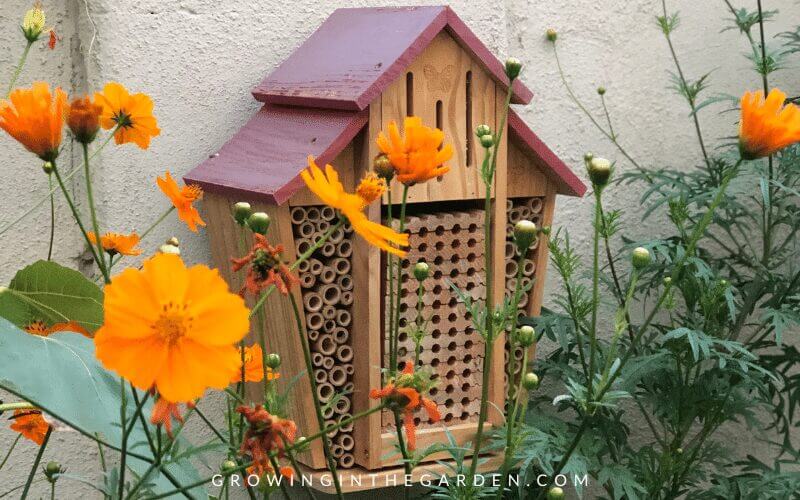
Common Questions About How to Use Insect Hotels
1. Why would I want an insect hotel in my garden?
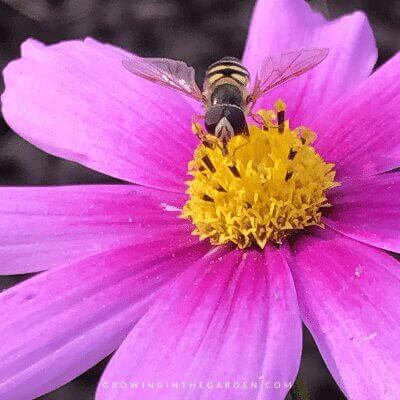


Insect hotels typically attract solitary bees, including mason bees, leaf-cutter bees, lacewings, and more.
- Bees are an important part of any garden, as they pollinate the fruits, herbs, flowers, and vegetables we grow there.
- Solitary bees are harmless and not aggressive. They are often called “super pollinators” as they are very effective at pollination.
- Lacewings are best known for feasting on aphids but also help control mites, caterpillars, and whiteflies.
Learn more about how to attract beneficial insects to your garden in this guide.
2. Which kind of insect hotel is best?
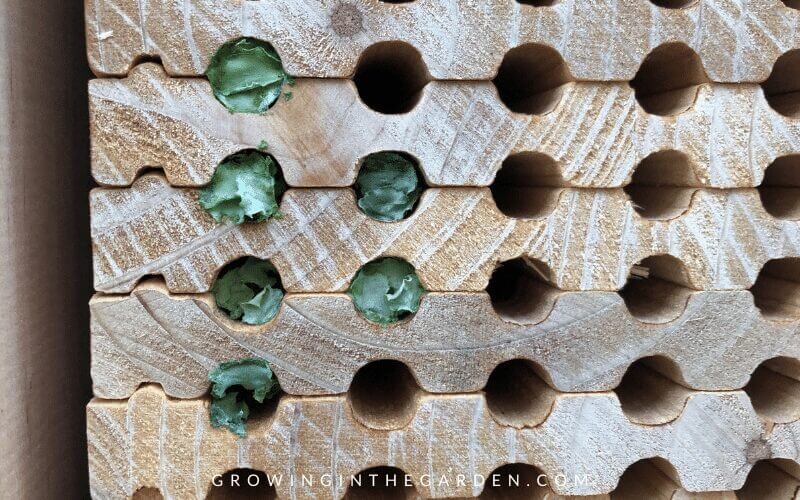
- Look for insect hotels made from natural, untreated wood free from varnish, paint, and wood protectant. I use this one from Amazon.
- Insect hotels should have a variety of hole sizes (small holes are best) to attract different species.
- Several small insect hotels are preferable to one large hotel. Larger hotels are more vulnerable to parasitic wasps and bees, according to J. Scott MacIvor.
- Insect hotels should have a sturdy back and a roof to protect them from rain.
3. When is the best time to install an insect hotel in my garden?

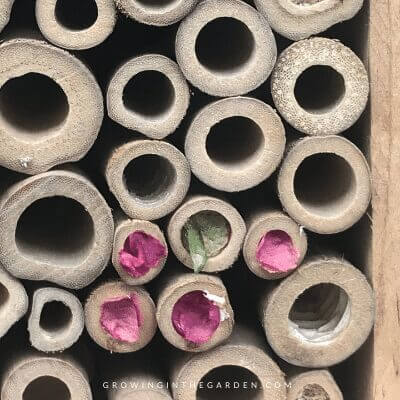
Put insect hotels in place in the early spring so the insects can nest after hibernation. Put them in place before temperatures rise above about 55°F (13°C) according to J.C.’s Wildlife.
4. Where is the best place to put an insect hotel?


- Insect hotels should face east or southeast to attract solitary bees. Full morning sun is best.
- Place them 3-5 feet (1-1.5 meters) above ground.
- The area in front of the insect hotel should be free of plants and vegetation that would obscure the tunnel entrances.
- Make sure the insect hotel is mounted properly and remains stationary. It should not shake or move in windy conditions.
5. What do I need to do once I’ve installed my insect hotel? Is there any maintenance?
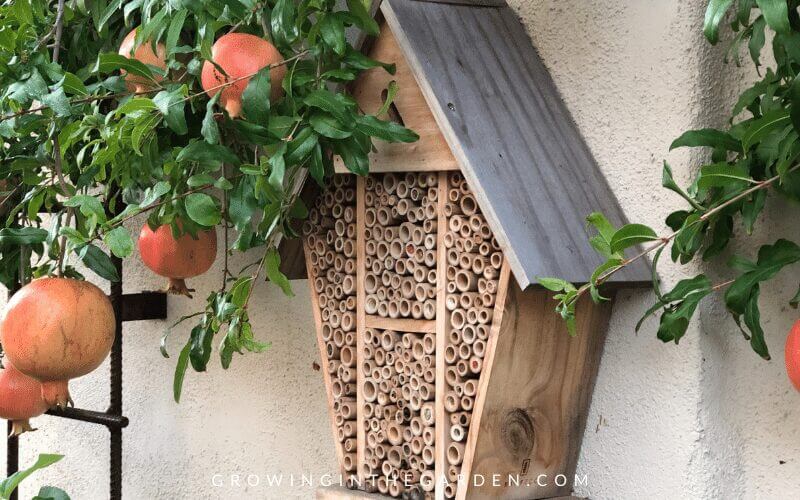
Inspect the insect hotel at the end of each summer for mold. You may also want to remove and replace tubes.
Consider replacing the nesting blocks every couple of years to avoid mite and parasite buildup according to Marc Carlton.
6. What else can I do to attract beneficial insects and other forms of wildlife to my garden?
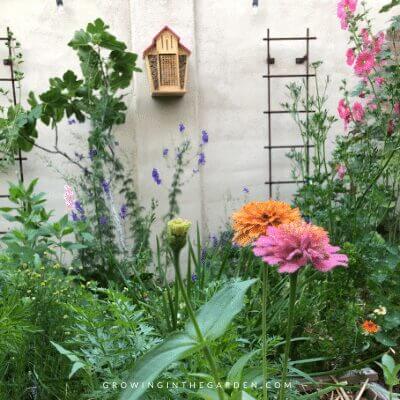
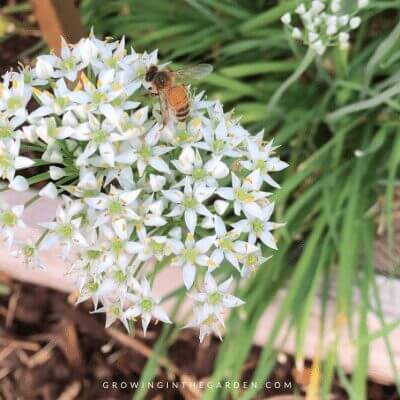
- Plant a variety of flowering herbs and flowers like alyssum and calendula that provide nectar and pollen to attract pollinators.
- Don’t use pesticides.
- Create space for other garden beneficials like toads, bats, and owls.
- Learn how to attract ladybugs to your garden in this guide.
- Cleaning up decaying plant matter can help manage roly poly infestations. Learn more about how to get rid of pill bugs in this guide.








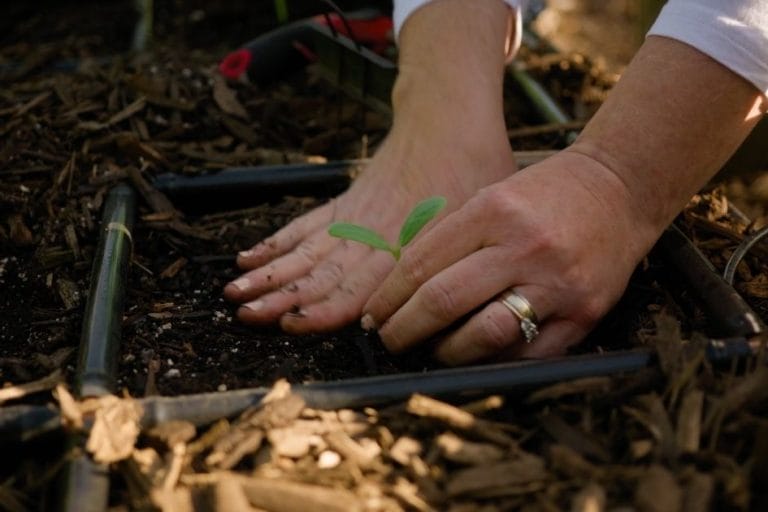
I also read it is incredibly important to wash them thoroughly each season. They become a home for mites and other parasites that prey on our pollinators! Often they do more harm than help when they become infested.
What about sun exposure on insect and bat houses? Our local bat population has decreased with cutting down old trees in area. I thought of putting up bat houses but was told that these houses just cook the occupants in our intense heat.
Hi. I don’t have any experience with bat houses. However, I have heard of people using them and they may work in the right location.